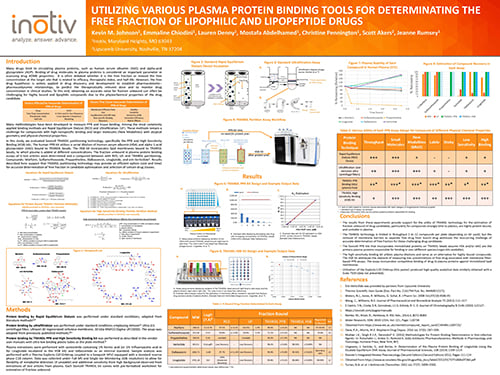
Plasma protein binding plays a pivotal role in drug development, serving as a critical parameter for assessing the pharmacokinetics and pharmacodynamics (PK/PD) of potential therapeutic compounds. Understanding the degree of plasma protein binding is essential as it directly influences a drug's ADME & DMPK properties such as distribution, bioavailability, and efficacy. Drugs that exhibit high protein binding tend to have a reduced rate of distribution to target tissues and a longer half-life, potentially necessitating lower dosages for therapeutic effect. Conversely, drugs with low protein binding may have a rapid distribution and clearance, requiring higher doses.
Learn more about:
- Learn how accurate measurement and interpretation of plasma protein binding data are indispensable in optimizing drug design, dosage regimens, and overall efficacy while minimizing potential side effects and toxicity.
- Understand how one specific measurement called fraction unbound can be efficiently measured.
- Review results from assessing 3 methods: Rapid Equilibrium Dialysis (RED), Ultrafiltration (UF), and TRANSIL partitioning compared across 6 compounds to understand their efficiency and accuracy.
Click here to download this scientific poster!
Interested in learning more about our DMPK services? Click here for an overview of our services and access to frequently asked questions.

